Written by Guest Contributor on The Prepper Journal.
When the time comes that I need to leave my suburban fortress, I think I’m leaving the SUV behind. I have a mountain bike, and that’s all I think I’ll need for a short-term disaster situation. How about you?
Bikes offer numerous advantages over automobile transportation, especially in a crisis situation.
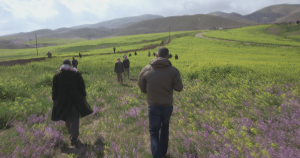
Consider this:
They’re smaller, and not as confined to roadways or passable terrain as an automotive vehicle, and they can be more easily hidden if you need to shelter in a wooded area.
They have fewer parts, which means that they’re easier to repair, and that there’s simply less that could go wrong.
The fuel that powers your bike does double duty as fuel for your body; with a car, you need to maintain a separate fuel storage system.
They are SILENT.
In a traffic jam, my bike will weave in and out of traffic while your car sits in the middle of the chaos for mile upon mile. Is it any wonder that in the crowded streets of New York City or Chicago that parcels move faster by bike messenger than by car?
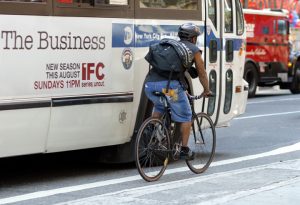
Sure, there are disadvantages to consider. Obviously, a bike cannot carry as much raw “stuff” as a car, truck or SUV could. Preparedness, however, is not about carrying the most stuff, it’s about maximizing what you do carry. The unprepared can’t possibly live without their piles of clothing and food, but as preppers, our bug-out bags are designed to keep everything we need for a 72-hour period in a small, confined, easy-to-carry space. If we’ve done a good job preparing the Bug-Out Bag, then there shouldn’t be too much more that is essential. With a child carrier attachment, or with a flat storage crack/pack above the back wheel, or even a handlebar mounted basket, there are plenty of ways to add a little extra to your load if you can manage.
Second, any kind of covered automobile will provide shelter, but you did pack some kind of tent or tarp, didn’t you? My tent and bike can take shelter in a tree-heavy forest where I can be off-road and out of sight, but a car or SUV may not always offer that option depending on terrain and the vehicles capabilities.
Of course there are situations where a bike is less than ideal, such as a need for traveling a long distance (though die-hard cyclists will argue that point), or in a rural environment where you are exposed to passing vehicles and the possible desperation of the occupants. In some cases safety may be easier to reach by car without the added worry of a crush of traffic or people, but for those who are forced to live closer to others than they may prefer, a well-outfitted bike should at least be considered a viable option. I’m certain that in inclement weather, you’d rather be safe and warm inside your car or truck’s cabin than pedaling through a storm, but in those cases, you could shelter underneath an overpass or in your shelter until the danger passes.
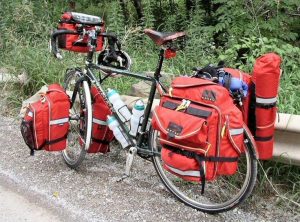
In general, I think that it will depend on your situation. Cars for long distance travel or rural environments, remembering to factor in the fuel you have available and your ability to obtain more; bikes for evacuation from a city center or crowded suburb. Bikes also have an advantage when the exit routes from a city or town are limited, either due to the disaster itself, the competing traffic or towns that just have a few roads passing through them. While cars offer better protection from the elements a bike will give you flexibility to escape in almost any direction and get away from roads, a big plus. In a best-case scenario, you can start in a car with your bike strapped to the roof or on a trunk-mounted carrier, run the car to it’s end (gas or end of the road) and then keep on going by bike.
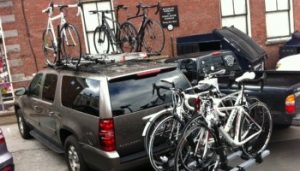
Outfitting Your Bike
First things first, it is essential that you get some kind of all-terrain mountain bike instead of one of those cruiser or racing models that are only good on pavement, or else you’ll lose many of the key advantages of using a bike in the first place. A heavy-duty frame, large, wide tires, and multiple gear speeds and combinations are the key to ensuring you can tackle almost any terrain. Don’t believe it – check this video out, after the ads skip the first 120 seconds and then see what one can do in terrain with the right bike, and a bit of skill and balance.
Second, let’s consider some basic safety features. A helmet, is, even for practiced, advanced riders, an absolute essential that I’m never without when I’m riding. When my daughter was small enough to ride in her kid carrier, I made her ride with a helmet as well, even though she was in a very controlled environment with little threat of harm. Second, carry a few basic tools that will help you repair your bike. An extra bike tire tube or two is a must for emergency repair, and they are small enough that you should be able to carry them in a pouch underneath your seat if you pack carefully. A patch kit is nice too, but may not be usable in all circumstances. There are dozens of low-cost, low-footprint tool kits for bikers that you can purchase that contain Allen wrenches, nut drivers, and multi-tools, but make sure you match the tools to your actual bike, as there are vast differences in how mountain bike gear assemblies are constructed, and kits are never one-size-fits-all (metric vs imperial). Finally, a portable hand-pump, a lock, and a water bottle cage can round out your all-purpose, on-frame equipment without adding much weight, but with adding a great deal of flexibility.
Adding other storage options as mentioned above does add flexibility in what you can pack, store and bring, and it’s always good to bring as much as you can, but this adds weight and impacts your mobility. The least egregious is a flat stand that sits over your back wheel, sometimes with built-in bungee cords, but the parcels you carry have to be pretty specifically sized to latch on easily. A basket attached to your handlebars may give you the “cool” factor of a grandma meeting the ladies for euchre, but it is a more flexible storage option that will allow you to bring a small dog easily, or pack some extra food or clothing. A child carrier is best (especially if you don’t need the room for a child), but these have issues, namely that they can be burdensomely heavy when packed with even a small amount of gear, and that they are probably not built to be quite as off-road as your bike itself. More parts mean more opportunities for breakage.
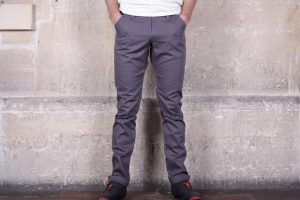
Finally, outfitting your bike also means outfitting the rider. Those tight biking hot pants are certainly optional, but if your pedals require specific shoes to lock in, then you’d better make sure those shoes are near at hand, or better yet, just replace those pedals with general purpose metal ones (the larger, the better in my opinion). Toe clips can be useful and can help make the adjustment from exercise bike to actual bike a little easier. I am of the belief that no matter the weather, long pants will provide more benefits in terms of injury reduction than you’ll get worrying about wind drag or heat, although that may be personal preference. The more in-shape you are, the farther you’ll get and the faster you’ll get there.
An Action Plan
First, you need to find a bike. Solid and dependable mountain bikes can be found in the fall season for less than $300 if you’re on a budget, and these bikes will have enough features for almost everyone. Since most mountain bikes are owned by people who don’t actually use them for off-roading, the mountain bikes you find at garage sales are probably still in good enough condition that a simple tune-up or gear replacement will make them like new. Even if you do decide to shop online, I’d recommend visiting a bike shop so they can make recommendations on what size of bike you need for your body size, and see about getting on a few models to see if you like how they ride.
Second, accessorize. Replace any plastic pedals or handlebars with strong, dependable metal varieties, get your air pump and water bottle cage, and a strong cable lock. If you decide on a child carrier, flat back-wheel storage, or a handlebar basket or bag, it’s probably cheaper to purchase these through an online retailer than at a bike shop. Get a helmet that fits well. If you’re investing in pads, then wrist pads are more important than knee pads, although they can be uncomfortable to wear while biking. Most cars will allow you to attach some sort of bike carrier that is easy to remove if so required.
Third, bring your bike home and get to know how it works. Read the manual, try to actually perform some of the simple maintenance tasks even before you take it on a ride. Attach your own accessories. Doing the work yourself when it comes time to maintain your bike means that you’ll know how to do it when the bike shop isn’t around anymore. If your bike had a less than stellar manual, invest in a book on bike maintenance and repair. Once you know what kinds of tools you need to do basic tasks with your bike – install or replace a tire, fixing the gear assembly, adjusting the seat and handlebars – you’ll know what kinds of tools to pack in one of the storage compartments.
Finally, start riding. Get in the habit of packing up the family and using this versatile get-away vehicle. My family rides every other Saturday morning in search of local garage sales, and I try to visit one bike path per week on my own after work. If you’re like the majority of people, you take major streets to work and to the store, but on bike, you are a little more free to explore unusual routes that you don’t normally take, and it’s a good way to meet some neighbors and keep up with local activity. While most preppers tend to be solitary people, these are your local allies in case of an SHTF situation, and they can appraise you of local trouble or activity, which is always a benefit.
Fitness is an important part of preparedness, and bikes will certainly help you in that regard as well. If possible, you can bike to work to save a little money and get a little more exercise. Biking is not limited to the Spring and Summer months, although I certainly tone it down when it gets too cold. Winter is a great time to do some basic maintenance on your bikes, improve their mechanisms and make some improvements. The more you work with your bike, the better you’ll get with it.
Over time, you could consider entering in a long bike race or cross-country or city-to-city ride. There are many Chicago-to-Milwaukee rides that take place every year, in which hundreds of people leave from Chicago on bike and travel the 100 miles from city center to city center. This is one of those life-defining events that requires a lot of commitment, time and physical fitness, and is a fun experience to take part in, in addition to providing you a great number of physical benefits.
In the introduction to this article, I may have been a little facetious at the beginning as I don’t think I would actually leave my SUV or car behind completely, although I’m certain that I’m bringing my bike along in tow, and I’ll use it as circumstances dictate. A bike is an important part of my long-term survival plan regardless, especially in an SHTF situation, and, I believe, something that is not considered as often as it should be. And, if you have unlimited funds well… 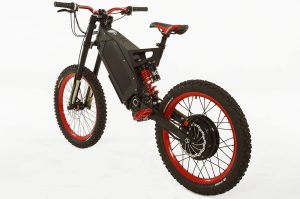
The post The Ultimate Stealth Bug Out Vehicle appeared first on The Prepper Journal.
from The Prepper Journal
Don't forget to visit the store and pick up some gear at The COR Outfitters. How prepared are you for emergencies?
#SurvivalFirestarter #SurvivalBugOutBackpack #PrepperSurvivalPack #SHTFGear #SHTFBag

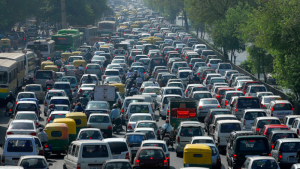


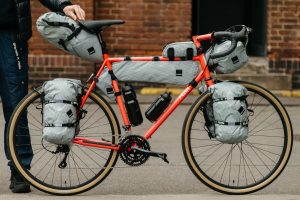
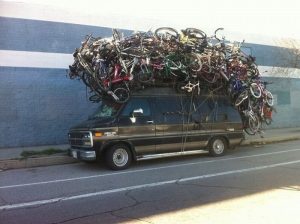

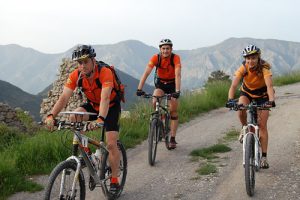
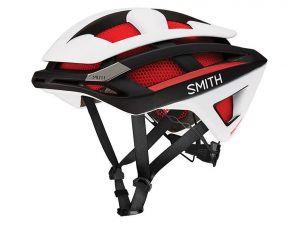
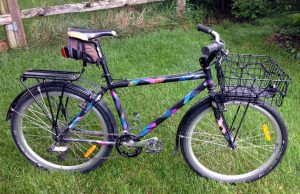
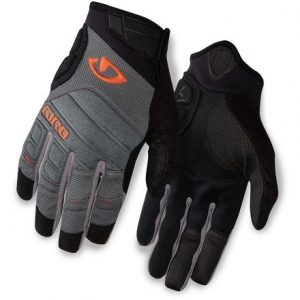
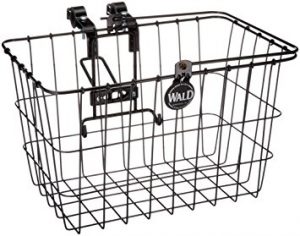
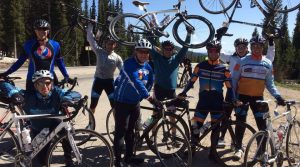
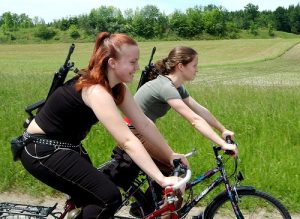
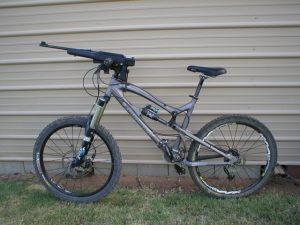
No comments:
Post a Comment